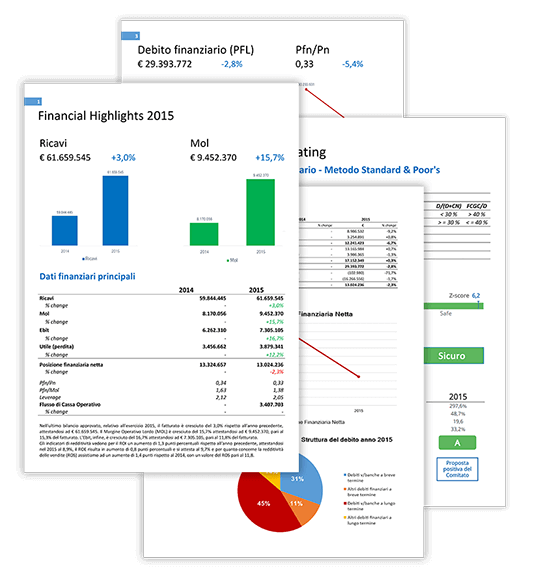
Joint accounts provide a convenient way for multiple individuals, such as couples or business partners, to manage their finances collaboratively. However, when it comes to applying for loans or other financial transactions, joint account holders often encounter challenges in obtaining accurate and transparent Create Bank Statement.
In this article, we will explore the best practices for creating bank statements for joint accounts, ensuring financial transparency, and improving the chances of successful financial dealings.
Read it: Quick reference on the Payroll Register
How to Create Bank Statements for Joint Accounts:
- Communicate with Co-Account Holders:
Effective communication among co-account holders is essential before generating bank statements. Discuss the need for Create Bank Statement and decide on the timeframe for which the statements will be generated.
- Gather Required Information:
Collect all necessary financial information, including transaction records, deposits, withdrawals, and account balances. Ensure that all co-account holders contribute their relevant financial data.
- Contact the Bank:
Reach out to the bank where the joint account is held and inquire about their process for obtaining official bank statements for joint accounts. Some banks may allow online access to these statements, while others might require a visit to the branch or a formal request through mail.
- Verify the Statements:
Once the bank statements are generated, verify the accuracy of the information. Check for any discrepancies or missing transactions that need to be rectified.
- Organize the Statements:
Organize the Create Bank Statement in chronological order, making it easier for lenders or other parties to review the financial history of the joint account.
Read it: Effortless Financial Management: How a Bank Statement Creator Simplifies Your Life
Dos and Don’ts for Creating Bank Statements for Joint Accounts:
Dos:
- Be Transparent:
Transparency is key when creating bank statements for joint accounts. Ensure that all co-account holders disclose their financial activities accurately.
- Include All Co-Account Holders’ Information:
The bank statements should include the names and relevant details of all co-account holders to establish credibility and transparency.
- Seek Professional Assistance if Needed:
If the process of creating bank statements seems overwhelming, consider seeking guidance from a financial advisor or an accountant to ensure accuracy and compliance.
- Keep Statements Updated:
Regularly update the Create Bank Statement for the joint account to reflect the most recent financial activities. This practice helps maintain transparency and accuracy.
Don’ts:
- Don’t Conceal Financial Information:
Hiding or manipulating financial information is unethical and can lead to severe consequences. Full disclosure is crucial for joint account holders.
- Don’t Rely on Unofficial Statements:
Avoid using unofficial or altered bank statements, as they can be easily detected and might lead to legal troubles.
Frequently Asked Questions (FAQs):
Q1: Can I use online bank statements for joint accounts in loan applications?
Yes, many lenders accept online bank statements for joint accounts as long as they are official and include all co-account holders’ information.
Q2: Do all co-account holders need to sign the bank statements?
In some cases, banks may require all co-account holders’ signatures on the bank statements to validate their authenticity.
Q3: How often should we update our bank statements for joint accounts?
It is recommended to update the statements monthly or quarterly, depending on the frequency of financial activities.
Q4: Can I create separate statements for each co-account holder?
While individual statements are possible, joint statements that include all co-account holders’ information are generally preferred for loan applications.
Q5: What if one co-account holder has a poor credit history?
If one co-account holder has a poor credit history, it might impact the joint account’s overall creditworthiness, affecting loan applications.
Conclusion:
Creating bank statements for joint accounts is crucial for enhancing financial transparency among co-account holders. By following the guidelines and best practices outlined in this article, joint account holders can ensure that their Create Bank Statement are accurate, credible, and adhere to ethical standards. Transparent financial records not only facilitate smoother financial transactions but also improve trust and collaboration among co-account holders. Whether it’s for loan applications or any other financial endeavors, maintaining financial transparency in joint accounts is a fundamental aspect of responsible financial management.



